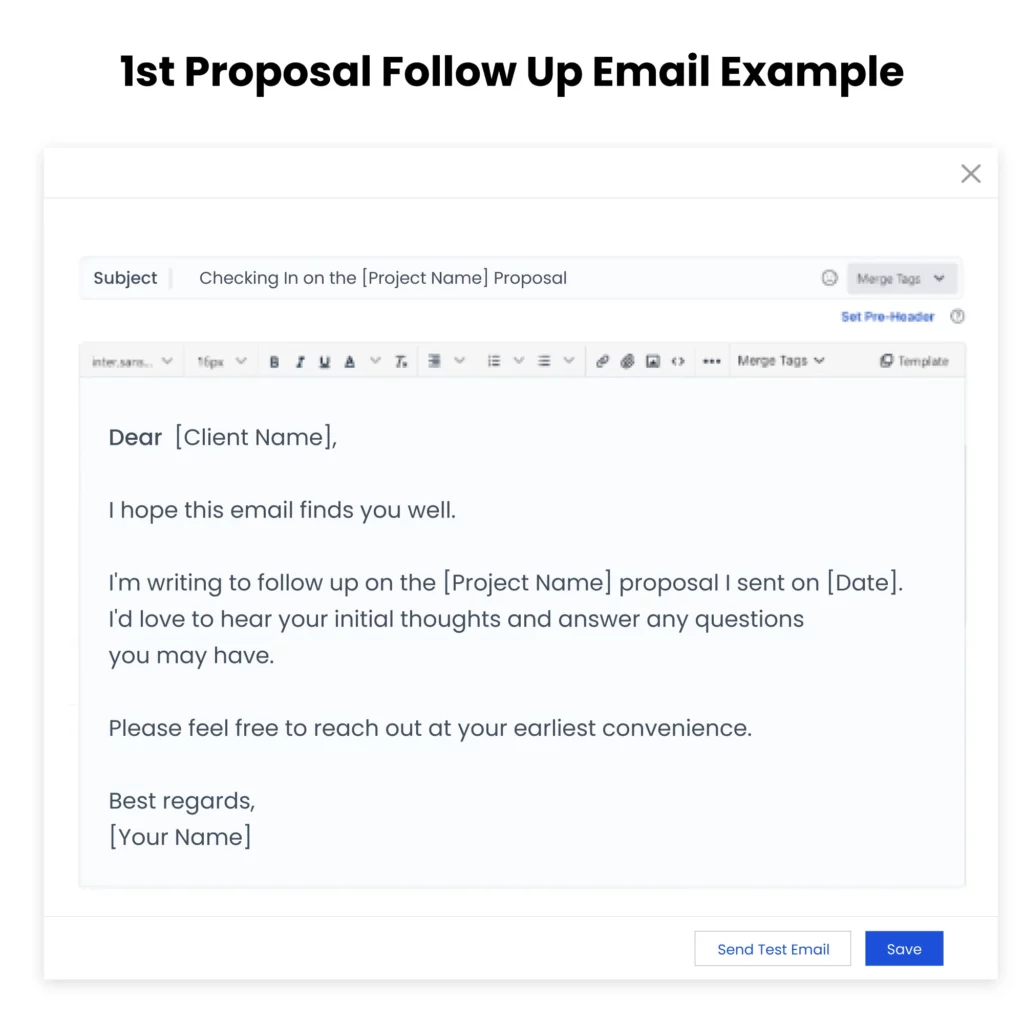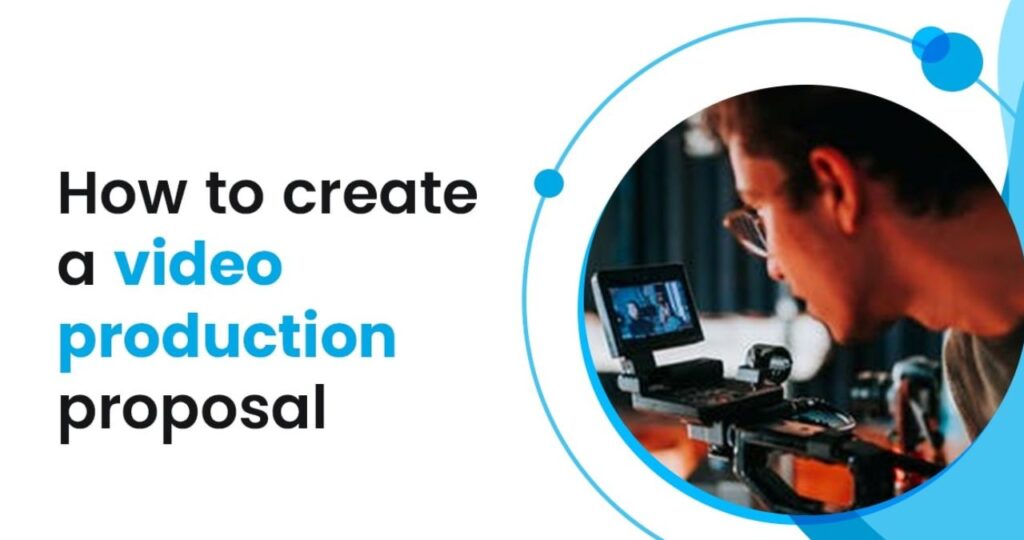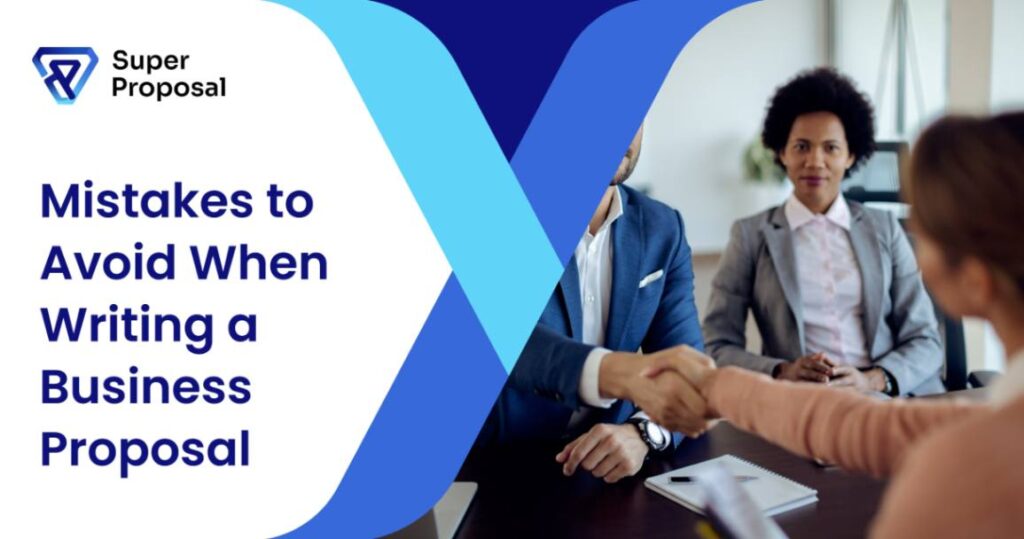Sample Follow-up Email to Client After Sending a Proposal
AUG 28, 2024 | LAST UPDATED ON DEC 23, 2024 BY ANGELICA NAIDU

Have you ever submitted a proposal and then heard nothing from the client? It’s a familiar situation that can leave professionals wondering:
- “Did they even open my email?”
- “Should I send a follow-up email?”
- “How long should I wait before reaching out again?”
These questions are common, and the silence can be deafening. But the truth is, following up after sending a proposal is a crucial step in closing the sales deal.
However, many salespeople quit before reaching the point of sale. Research reveals that 44 percent of salespeople make only one follow-up email to their proposal. Whereas, 92% give up after the fourth follow-up.
What is more, giving in this early leaves a huge number of potential business opportunities unclaimed.
This is why we’ve written this comprehensive guide on how to follow up correctly after sending a proposal and close more deals. Our guide will help you plan the right time for follow-ups with your clients and close more deals.
Table of Contents
ToggleWhy Send a Follow-Up Email After Sending a Proposal?
Follow-ups are like building a bridge between your initial proposal and a successful partnership. A well-crafted follow-up can transform a cold lead into a warm prospect. Consider these benefits:
- Value Addition: Each follow-up affords an additional chance of facts, re-sharing, or solutions that will serve to refresh their minds on why you are beneficial to them.
- Credibility Boost: With follow-ups, credibility is sky-high, and trust amongst the clients improves.
- Call to Action: Provide CTA for each follow-ups as it can lead the client to book meetings, provide feedbacks, or make decision regarding the project.
- Genuine Interest: In responding to their calls, listening to your client’s pain points, and getting to know them better, you can stand out from other business competitors.
- Competitive Advantage: When you are in a highly competitive market, follow-ups might therefore make all the difference, positioning you as a strategic and committed business partner.
Studies have shown that beign persistent in follow-up can help your with sales. For instance, the majority, 60% of customers, respond “no” four times before responding “yes,” showing the need to persist even when rejected.
Suppose companies respond to a potential customer within an hour of being contacted. In that case, there is a chance that such a lead will be qualified almost seven times compared to those who take a long time to initiate the communication.
The use of tools like Super Proposal software helps with follow-up because it has an audit trail feature. This feature allows sales teams to monitor contacts and analyze the context of prior communications with a particular contact. Besides being efficient in keeping track of follow-ups, this approach can help restore the sales team’s image of seriousness and professionalism.
Read more:
1. How to write a contract proposal
2. How to write a technical proposal
3. Bidsketch vs Proposify: Which is the best proposal software?
Follow-up Email Tips After Sending a Proposal
In the case of writing a follow-up email, one should be very professional and individualized. Here are some tips to guide you:
1. Craft a Captivating Subject Line:
This is the message that your recipient will first see, so ensure that it creates a good impression. It should be enticing to make the recipient open the particular email they will receive.
Depending on the client’s profile, try various message tones: suspense, urgency, cheerfulness, wittyness, or information.
If possible the previous e-mail, use the client’s name or include more details to attract their attention.
2. Build a Follow-Up Sequence:
Do not overload your recipient with information; instead, use one email to address each topic or issue you want to discuss. Determine a sequence of short follow-ups to cultivate the lead.
It is actually better in some occasions sending a short message as the response rate is generally higher. It must be: to the point.
Move from one follow-up sequence to the next with an increased level of urgency and, where appropriate, of importance, but avoid extended discussion by telephone or mail.
3. Target the Right Person:
Ensure your email is reaching the final decision maker or someone who can make the deal in the organization. Using online sources such as the company’s website or professional social networking websites may assist you in finding the contact.
4. Include a Clear Call to Action:
Let your prospect know exactly what you’d like him to do, such as setting up a call or sharing some valuable information with you.
Make your requests sound clear and precise. Provide a couple of time options for scheduling a call or make the information needed clear.
Write up a few of your iterations of CTA and subject lines so that subsequent follow-up processes are easier.
5. Avoid "Salesy" Language:
No one likes being sold when they are receiving value. Show them where you fit into their goals and problems.
Take the focus off from selling onto a relationship. Present yourself as a collaborator who is invested in their success.
If nobody is responding to your emails, revisit and check if there is a tone in those emails that is just too salesy. Change your line of attack.
6. Personalize Your Templates:
Templates can save some time, but make sure they don’t sound impersonal. Take each email and make it relevant to the recipient and his/her needs.
Do some research on the client so that you are able to show how interested you are in them and their business.
Let your voice come through in this email; make it conversational, not some mass outreach.
7. Automate When Possible:
Avail tools like Indy that take the efforts out of sending follow-up emails.
Automated emails offer consistency in follow-ups and thus make it more likely for you to stay top-of-mind with this potential client.
Sample Follow-Up Email Sequence After Sending a Proposal
Whether you have presented your proposal in person or through the use of email, these templates will walk you through communicating well while maintaining professionalism.
1. In-Person Proposals (After an Initial Meeting)
Following up after an in-person meeting allows one to reinforce the connection one has built with the client and allows one to reiterate certain key points from your discussion.
1.1 In-Person Meeting Follow-Up Email Template)
Subject: [Project Name] – Quick Reminder of Our Discussion
Dear [Client Name],
This email finds you well.
I was hoping to follow up on the [Project Name] concept we discussed last [mention the day]. I am so looking forward to the opportunity of working with you and growing your practice as well, helping you achieve this.
The files from today’s presentation are attached: [case studies, testimonials]
The meeting went as follows: [Meeting-related information]
Reach out if you have any questions as you take a look at all this.
Otherwise, I will be following up next week just to be sure.
Please feel free to reach out if you have any other questions.
Sincerely,
[Your Name]
2. Email Proposal Follow-Ups
For more formal proposal emails, you usually need to take a softer approach over time to get the attention of the recipient.
2.1 First Email (3-5 days after sending):

Subject: Checking In on the [Project Name] Proposal
Dear [Client Name],
I trust you are well, and I hope this email finds you.
Just wanted to know if you have checked the proposal I have shared with you on [date]. If not, then I have attached a copy for your reference.
So, do you require an explanation of How [project name] will meet [pain point] needs that generate these results as well?[benefits] If so, please let me know, and we can set up a quick chat. As for timing, my schedule is pretty static:
[List several options]You can reach out to me at any time that fits.
Best regards,
[Your Name]
2.2 Second Email (7-10 days after the first):
Subject: [Project Name] Proposal – Next Steps?
Dear [Client Name],
Have you had a chance yet to read over the [Project Name] proposal?
I realize you are probably very busy, but I just wanted to make sure that you have checked out the proposal we shared last week. If you have any queries or need to chat more, don’t hesitate to contact me. I am happy to discuss this; just choose a time that suits you for the call.
Sincerely,
[Your Name]
2.3 Third Email (14-21 days after the second):
Subject: Valuable Resource for [Project Name]
Dear [Client Name],
I was thinking about you today and wanted to know how things are going.
I have been working on amazing projects with many existing clients, and we are seeing fantastic results. I would like to share some ideas with you on how we can excel in your projects.
Do you have a few minutes to talk on the phone this week? I am available on [these days] and at [these times].
Best regards,
[Your Name]
2.4 Last Email (28 days after the third):
Subject: Final Check-In on [Project Name] Proposal
Dear [Client Name],
Just reaching out to see if you had a chance to look over the [Project Name] proposal. I realize that you have other things going on, but hey, this is the best info I can give!
If you are still uncertain with respect to the solution, then let me tell how we do things and what would be our approach in order to help achieve your goal.
Thanks for your time.
Sincerely,
[Your Name]
2.5 Follow-Up Email Template for Reconnecting Months Later:
If after these four emails (yes, that’s the magic number) there is no reply, it means they are not interested, and you should respect this decision. But later, you are able to come back with a new approach towards the matter after 3–6 months :
Subject: Checking in on [Project Name] – [Your Company Name]
Dear [Client Name],
I hope you are in great and healthy!
It looks as though you may have dropped off the map, so I guess [your product/service] isn’t high on your list. That’s okay. I understand that things can happen at a greater speed.
Let me reconnect and see if you are ready to tackle [pain point] again.
Best regards,
[Your Name]
How many follow-ups should you send?
The Magic Number: Three
When it comes to email follow-ups, there’s a fine line between persistence and pestering. Generally, three follow-up emails should be your limit. Any more, and you risk pushing your client away.
Note that they are active individuals with many things on their to-do lists, including relationships with their families, friends, and colleagues. This is because an overcrowded inbox can contribute to their stress level. Therefore, on the one hand, it is important to remind them of your proposal, but on the other hand, it should not be overdone.
- First Follow-Up: A gentle nudge a few days after your initial email, reiterating your interest and offering any additional information they might need.
- Second Follow-Up: A week or two later, check in to see if they have any questions or concerns.
- Third Follow-Up: A last call after another one or two weeks with a polite message reminding them about the message and stating that they are welcome to contact the sender when they are ready.
The Importance of Timing
Do not follow up with your emails immediately. Make it a point to space out the follow-up emails you send. It if done in quick succession it looks eager, yet if you wait too long they may have forgotten about the initial pitch completely.
Over the years, as a sales professional, I have noticed that if you email within 48 hours of submitting a proposal, it can boost your chances of securing the project. But of course, if you wish to remove the guesswork totally, you can use tools which provide as real time proposal tracking.
One such software is Super Proposal. The real-time tracking feature in Super Proposal lets you know exactly when your client opens your proposal. With this important information, you can adjust your follow-up messages to address their specific concerns and show that you care.
Respect Their Decision
However, if you do not get a response by the third follow-up, it is advisable to give in gracefully and let them be. Should they not respond now, they may be interested in the future, and such instances could be fatal to the company’s sales. Your services may be irrelevant currently, but there could always be demand for them in the future.
When should we follow up on a separate email or the same thread?
How you follow up on your messages largely determines the success of the subsequent emails you send. Now, it’s important to clearly distinguish the difference between continuing the conversation on a given topic thread and starting a new conversation topic.
Continue on the Same Thread When:
- Providing Quick Updates or Additional Information: This is particularly important if you want to share a short message update or additional details pertaining to the previous email. This helps in maintaining context and avoids overwhelming the recipient through inundation with multiple messages.
- Responding to a Specific Question: When responding to a specific question posed in a previous email, replying under the same conversation helps keep the links explicit.
Start a New Thread When:
- Introducing a New Topic or Proposal: Starting a new topic allows discussion to begin from a new perspective and does not allow confusion with previous messages.
- The Previous Thread is Too Long: If the previous conversation has gone on for a while, it might have covered several topics, a new thread can sort things out neatly.
- Significant Time Has Passed: If there was a long time between messages, beginning a new thread respects this fact and doesn’t bring up messages that might not be interesting or relevant anymore.
Follow Up at the Correct Time with Super Proposal
Follow up at the correct time with Super Proposal.
- Track your proposal in real-time: Know the exact moment your client is viewing your proposal and distribute your follow-ups to show how attentive you can be at just the right time.
- Create proposals with ease: Design fully professional proposals in a matter of minutes, speeding up your workflow and saving hours.
- Electronic signature integration: Get your proposals signed electronically, saving you from printing and mailing.
What Super Proposal does is transform follow-ups from a guessing game into a data-driven conversation that will keep you a step ahead in nurturing and closing the deal.
Bottom Line
Follow-up emails do hold a certain significance in making or breaking the prosperity of a business. Keep this in mind: it is not only about reminding them about the proposal but also about relationship-building and establishing proof of one’s value. Use tips and strategies from this blog into your routine, and create follow-ups that spur action.
We hope that by the end of this guide, you will have been equipped with the art of composing follow-up emails that will lead to loyal clients. But we can do even more for you. If you’re looking to take your entire proposal creation and closing process to the next level, then take a minute to investigate Super Proposal. Our platform allows you not to juggle between numerous tools but instead enjoy one cloud-based solution for all your needs in crafting, tracking, and closing deals with so much ease.
Let us help you bring your sales process to the next level. By applying the right tools and proper strategies, it would be easier for one to rise in the follow-up game and be on top of their business.
Read more: How to write emails for proposal submissions
Increase your close rates today!
Secure every pitch that you make with Super Proposal. Craft winning proposals, share and track them on a single, comprehensive platform.
✓ 15-Day Trial. No Credit Card Required.

Recent Post



